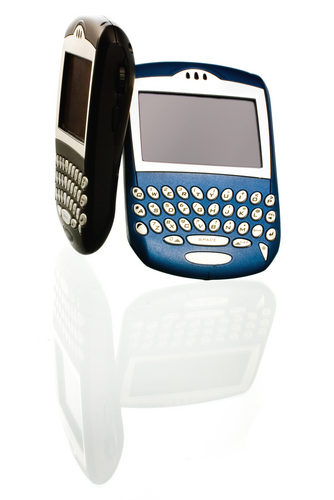Today, Research In Motion (RIM) announced that at long last – through the company’s BlackBerry 10 Technical Preview program – just over 120 enterprises and government agencies will finally begin real world testing of BlackBerry Enterprise Service 10 (BES 10) and the all-new albeit still pre-production BlackBerry 10 (BB 10) smartphones. The program, which is strictly invitation only, starts today. In addition to government agencies, other verticals involved in the testing include financial, insurance, healthcare, manufacturing, media, and distribution companies, including 64 Fortune 500 businesses.
Carriers, of course, have already been hard at work with pre-release testing and providing RIM with the necessary clearances to move forward. With the technical preview program now going forward, we take it as a good sign that the carrier end of things is moving apace and going well. The customer program, meanwhile, will provide enterprises and federal agencies with early access to RIM’s new enterprise mobility management solution, BlackBerry Enterprise Service 10, along with a “limited” number of pre-production smartphones for testing within their environments.

Image via Shutterstock
Robin Bienfait, RIM’s CIO, says that, “Beginning today RIM will be visiting some of our enterprise and government ‘early adopters’ and getting them started with the BlackBerry 10 platform. At RIM, we’ve seen the power of our new enterprise mobility management solution first-hand, and we are thrilled to share BlackBerry 10 directly with these leading organizations.”
BES 10 is an all new, from the ground up implementation of BES that marries everything RIM has been working on with the BlackBerry 10 operating system, its multi-platform, multi-OS mobile device management platform, and of course the new devices that run BB 10. Customers will have a first-hand experience with features such as BlackBerry Balance, the BlackBerry Hub, the ability to seamlessly flow between core applications, the dedicated enterprise app store and the BlackBerry 10 platform’s secure connectivity to behind the firewall applications and data through BlackBerry Enterprise Service 10.
The potential downside for RIM has been the thorny issue of BB 10 in the enterprise requiring a complete upgrade to BES 10.
Older BES versions, including devices that run on BB 6 or BB 7 will not work with BES 10, so that companies that do not wish to immediately update their hardware across all users will find themselves in need of supporting multiple BES versions. RIM, of course, hopes that enterprises will find the new technology so compelling that they will move en masse to the new platform. Some companies will surely do so. But many won’t, and for RIM it will be an ongoing process to maintain momentum and get enterprises to make the move.
Everything – and we mean all of RIM’s immediate an future fortunes - rests on the new devices. If the workforce wants them, by which we mean a full embrace of the new smartphones to the extent that users will want to use them as their personal devices as well – a sort of BYOD role-reversal here (in that BYOD has, for the most part, primarily meant ditching RIM devices for iPhones and Android devices over the last several years) – RIM stands a good chance of recovering. If the devices fail to stir the imagination or otherwise fall flat with users, it won’t much matter what BES 10 or BB 10 bring to the game.
“We’ve been anxiously waiting to put our hands on BlackBerry 10, and the time has come,” said John R. Delano, CIO, Integris Health. “BlackBerry has been a trusted partner for many years, and we’re excited to see what the next generation of BlackBerry solutions offer. We know we can rely on the security and manageability that BlackBerry offers, and we’re looking forward to adding fun to the list of benefits.”
That customer quote pretty much says it all, but “adding the fun” will far outweigh anything else in terms of changing the BYOD game dynamics to be more favorable to RIM. It won’t be easy to do.
The above approach certainly brings RIM back to its enterprise roots, where it long held a dominant position until the company failed to keep up with the modern smartphone world. Once the big launch takes place on January 30, 2013 the other side of the equation – how consumers will react to the new hardware – will be the most critical piece of the entire puzzle. If consumers are truly wowed by the hardware it will bode well for RIM. If they aren’t, then we continue to suggest that there will be a Samsung buyout of RIM.
Edited by
Brooke Neuman  QUICK LINKS
QUICK LINKS